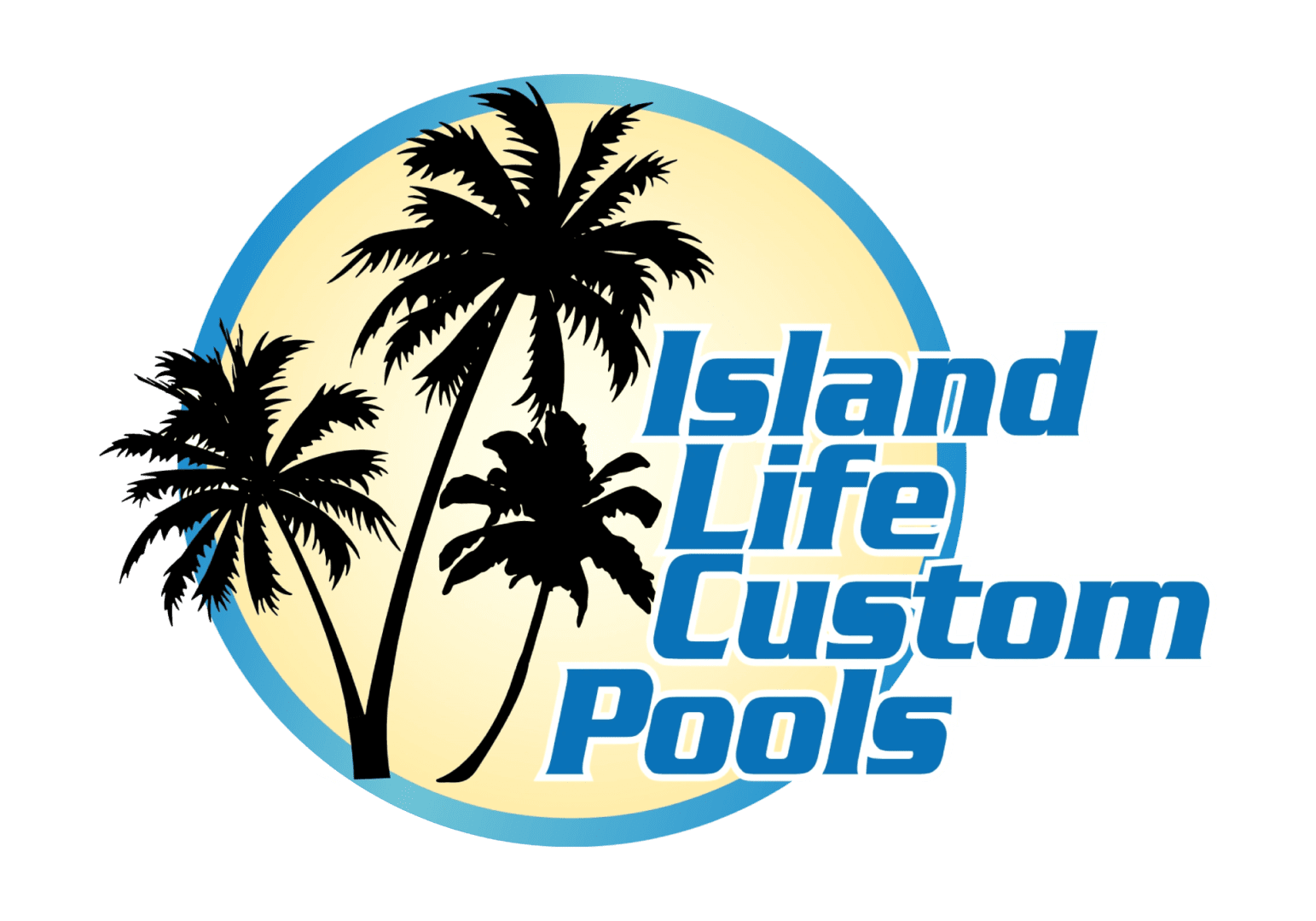Maintaining proper pool water chemistry is key to keeping your water clean, safe, and crystal clear. Here’s a simple breakdown of what to check and how to keep it balanced:
Key Elements to Monitor
1. Chlorine (Sanitizer)
- Ideal range: 1.0 – 3.0 ppm
- Purpose: Kills bacteria, viruses, and algae
- How to adjust: Use chlorine tablets, liquid chlorine, or granular chlorine
2. pH Level
- Ideal range: 7.2 – 7.6
- Purpose: Keeps water comfortable and prevents equipment damage
- How to adjust:
- pH too low: Add soda ash (sodium carbonate)
- pH too high: Add muriatic acid or sodium bisulfate
3. Total Alkalinity
- Ideal range: 80 – 120 ppm
- Purpose: Buffers pH, helps prevent rapid fluctuations
- How to adjust:
- Too low: Add baking soda (sodium bicarbonate)
- Too high: Add acid (like for high pH), then aerate
4. Calcium Hardness
- Ideal range: 200 – 400 ppm
- Purpose: Prevents corrosion (low) or scaling (high)
- How to adjust:
- Too low: Add calcium chloride
- Too high: Dilute pool with fresh water
5. Cyanuric Acid (Stabilizer)
- Ideal range: 30 – 50 ppm (for outdoor pools)
- Purpose: Protects chlorine from UV sunlight
- How to adjust:
- Too low: Add CYA (stabilizer)
- Too high: Partially drain and refill pool
6. Phosphates & Metals (Optional)
- Phosphates feed algae.
- Use a phosphate remover if levels are high.
Weekly Maintenance Checklist
- Test water (use strips or a liquid test kit)
- Adjust chemicals as needed
- Skim, brush, and vacuum the pool
- Clean skimmer baskets and filters
- Shock the pool (especially after heavy use or rain)
Quick Tips
- Always add chemicals to water, never water to chemicals.
- Wait at least 4–6 hours (or as directed) after adding chemicals before swimming.
- Test your water at least twice a week, more often in hot weather or after a storm.
- Keep a logbook or app to track chemical adjustments over time.







